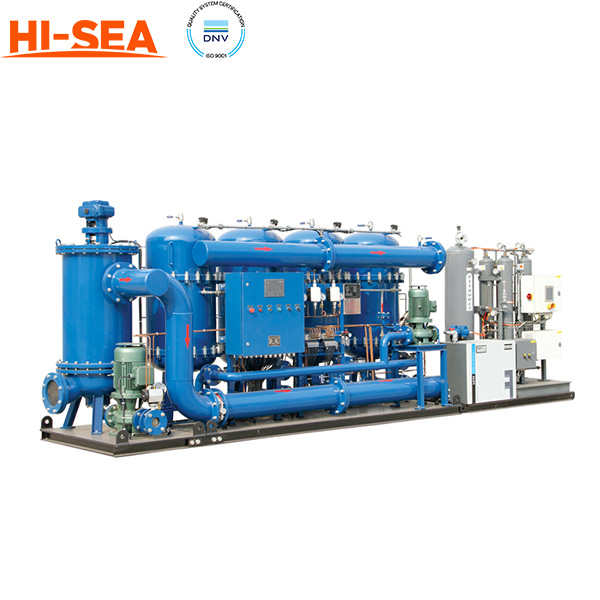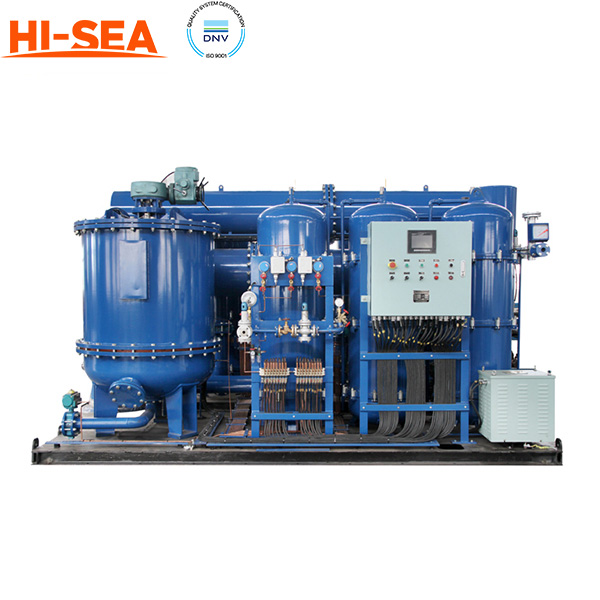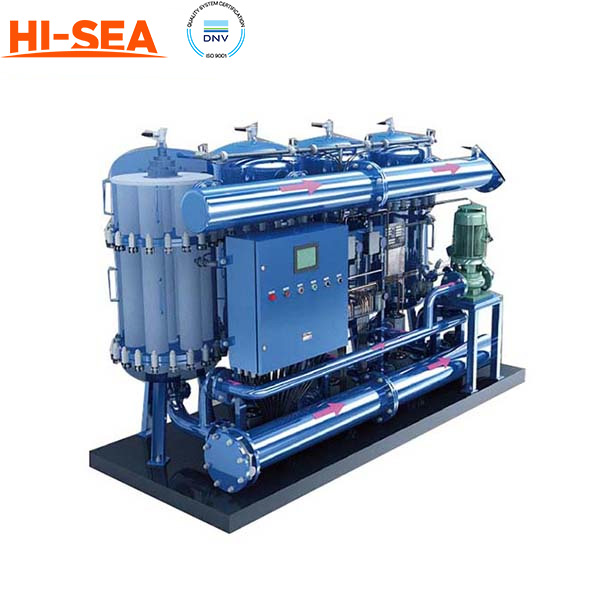MARINE & OFFSHORE EQUIPMENT
- Dredging Equipment
- Marine Deck Machinery
-
Marine Mooring Equipment
-
Marine Anchor
- AC-14 HHP Anchor
- Admiralty Anchor
- Beldt Stockless Anchor
- Bruce Anchor
- Spek Anchor
- Danforth HHP Anchor
- Delta High Holding Power Anchor
- GB11579-89 Light Weight Anchor
- Hall Anchor
- High Holding Power Mastrosov Anchor
- Hot Dip Galvanized Anchor
- Japan Stock Anchor
- JIS Stockless Anchor
- Pool Anchor
- Single Fluke Anchor
- Stainless Steel Anchor
- Stevpris MK5 Anchor
- Stingray Anchor
- US Navy Stockless Anchor
-
Marine Anchor Chain
-
Marine Shackle
- Kenter Shackle
- D Type Joining Shackle
- Pear Shaped Shackle
- Anchor Swivel Shackle Type A
- Anchor Swivel Shackle Type B
- Buoy Shackle Type A
- Buoy Shackle Type B
- C Type Detachable Connecting Link
- D Shackle
- Forelock Shackle
- Anchor Chain Swivel Group
- Straight Shackle
- Anchor Shackle
- Marine Triangle Plate
- Anchor Chain Swivel
- Anchor Chain Joining Shackle
- Anchor Chain End Shackle
- Slim Kenter Shackle
-
Chain Chaser
-
Marine Bollard
-
Marine Chock
-
Marine Fairlead
-
Marine Chain Stopper
-
Marine Mooring Reel
-
Marine Towing Bracket
-
Mooring Rope
-
Marine Towing Hook
-
Marine Shark Jaw
- Marine Fender
-
Marine Buoy
- Marine Floating Pontoon Dock
-
Marine Anchor
- Aquaculture Equipment
- Marine Outfitting Equipment
- Marine Propulsion System
-
Marine Painting
-
Marine Auxiliary Machinery
- Marine Air Compressor
- Marine Air Receiver
- Marine Sewage Treatment Plant
-
Marine Diesel Generator Set
- Marine Oil Water Separator
- Ballast Water Management System
- Marine Hydrophore
- Marine Calorifier
- Seawater Desalination Plant
-
Marine Oil Separator
- Marine Fuel Oil Supply Unit
- Marine Heat Exchanger
-
Marine Hot Well Unit
-
Marine Incinerator
-
Marine Boiler
-
Marine Valve
- JIS Marine Valve
- DIN Marine Valve
- ANSI Marine Valve
- GB Marine Valve
- CB Marine Valve
- CBM Marine Valve
-
Marine Gate Valve
-
Marine Globe Valve
-
Marine Angle Globe Valve
-
Marine SDNR Valve
-
Marine Angle SDNR Valve
-
Marine Check Valve
-
Marine Storm Valve
-
Marine Butterfly Valve
-
Marine Quick Closing Valve
-
Marine Fire Valve
-
Marine Self Closing Valve
- Marine Valve Accessories
-
Marine Pump
- Marine Centrifugal Pump
- Marine Screw Pump
-
Marine Gear Pump
-
Marine Vortex Pump
-
Marine Ejector Pump
-
Marine Diaphragm Pump
-
Marine Piston Pump
-
Marine Fire Pump
-
Marine Emergency Fire Pump
-
Marine External Fire Pump
-
Marine Ballast Water Pump
-
Marine Fuel Pump
-
Marine Lubricating Oil Pump
-
Marine Bilge Pump
-
Marine Sewage Pump
-
Marine Domestic Water Pump
-
Marine General Pump
-
Marine Cargo Oil Pump
-
Marine Hand Pump
- Marine Pump Parts
- Marine Life-saving Equipment
- Fire-fighting Equipment
- Marine Cable
- Marine Electrical Equipment
- Marine HVAC
-
Labour Protection Appliance
- Marine Decorative Material
-
Marine Anode
- Marine Pipe Fitting & Flange
- Marine Instrument
- Ship Building Equipment
INDUSTRY EQUIPMENT
- Hoisting Equipment
- Welding Machine & Material
-
Cutting Machine
- Container Securing Fitting
- Link Chain
- Container & Storage Equipment
-
Diesel Generator Set
- Other Equipment and Tools
- Petrochemical Equipment
- Fiber Reinforced Plastics
- Polymer Materials
- Environmental Protection Series
- Geo-products and Building Materials
- Metal Mesh
- Steel Grating
-
Earthwork Teeth
-
Turnbuckle
STOCK LIST
Contacts
 Tel:+86-23-67956606
Tel:+86-23-67956606
 FAX:+86-23-67956622
FAX:+86-23-67956622
 Email:manager@cqhisea.com
Email:manager@cqhisea.com
Working Time: 9:00--17:00
Working Day: Monday to Friday Website: www.cqhisea.com

UV Ballast Water Management System
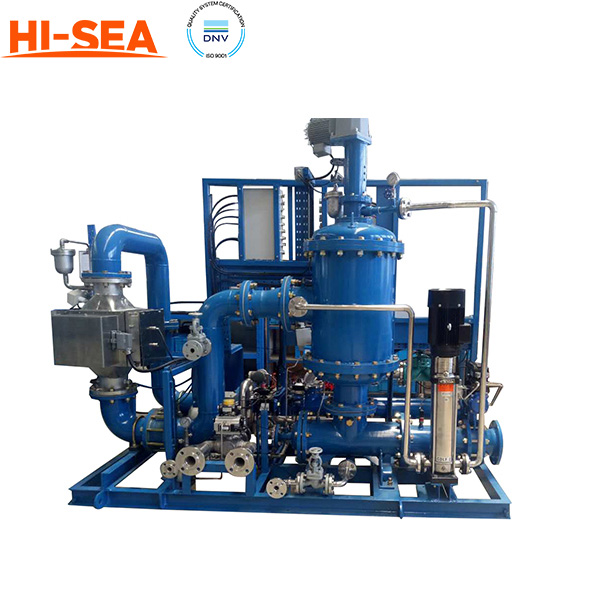
UV Ballast Water Management System
Application
BWMS is a key international measurement for environmental protection that aims to stop the spread of potential invasive aquatic species in ships' ballast water enters into force. Being a relatively more mature disinfection technology, compared to other disinfection technologies, ultraviolet disinfection does not produce active substances, does not pose an occupational hazard to crew, more economical and environmentally friendly.
Main products
UV Ballast Water Management System
System component
MCC and PLC panel
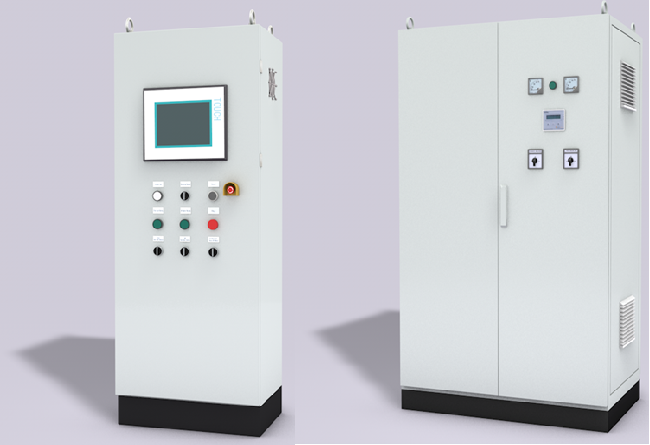
Medium-pressure UV
Under economy mode: can achieve lower consumption due to UV intensity adjustment according to incoming water quality. Under performance mode: can achieve high performance due to sufficient UV dosage
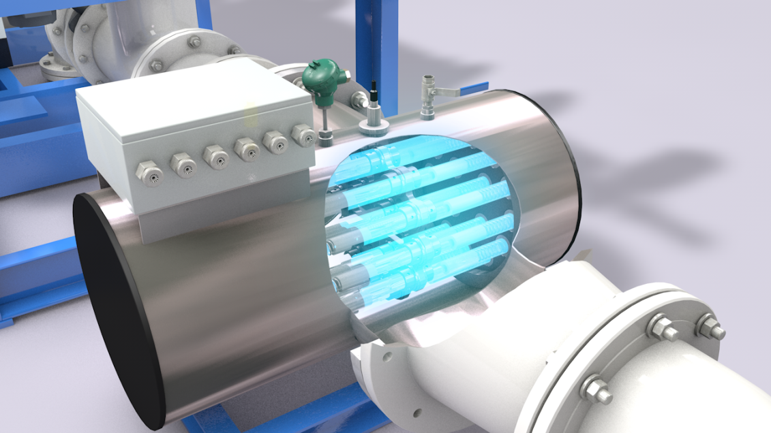
- Stable, reliable and high performance, not affected by temperature, pH
- Equipped with temperature monitoring meter
- Equipped with scale removal sleeve cleaning mechanism
- Chemical free
Automatic filter
The filter has automatic back flushing and is self-cleaning.
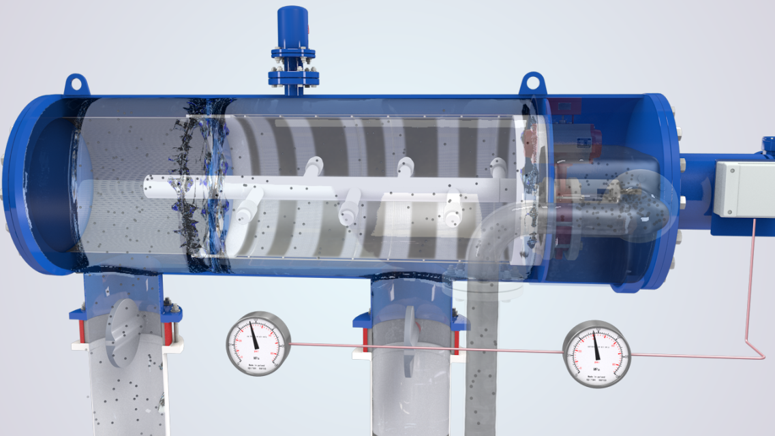
- Minimize sediments entering ballast tanks
- Unique filter structure, ensure high remove rate
- Filter unit continues filtration during self-cleaning operation
- Short ballasting/de-ballasting time
Comparison of different treatment method
|
|
UV |
Cl-based |
O3 |
Deoxyg. |
AOP |
Chemicals |
|
Method |
Phy. |
Chem. |
Chem. |
Asphy. |
Chem. |
Chem. |
|
Pretreatment (Y/N) |
Y |
Y/N |
Y |
Y |
Y |
Y |
|
Operation cost |
++ |
+ |
+++ |
+++ |
+++ |
+++ |
|
Maintenance cost |
+ |
++ |
+++ |
+ |
+++ |
+ |
|
Maintenance frequency |
+ |
++ |
+++ |
+ |
+++ |
+ |
|
Disinfection performance |
+++ |
+++ |
/ |
/ |
++++ |
++ |
|
Contact time |
0.1-0.3s |
12-24h |
15-30min |
2-4d |
12-24h |
/ |
|
Toxic chemicals (Y/N) |
N |
Y |
Y |
N |
Y |
Y |
|
Water chemistry change |
N |
Y |
Y |
N |
Y |
Y |
|
Immediate discharge |
Y |
N |
N |
N |
N |
N |
Models
Series
Model
Treatment Capacity
Voltage
Power
(m3/hr)
P-200
50-200
220±10V
27-36kW
P-300
200-300
220±10V
30-48kW
P-500
400-600
380±10V
48-72kW
P-750
600-800
380±10V
65-84kW
P-1000
800-1000
380±10V
75-108kW
P-1250
1000-1250
380±10V
103-132kW
Modular combination of above:
P-1500
1500
P-750×2
P-2000
2000
P-1000×2
P-3000
3000
P-1000×3
P-4000
4000
P-1000×4
System Operating Principles
In the ballast process of the ship, the ballast water enters the ballast water management system from the ballast pump through the filter, then is treated by the Ultraviolet reactor, and then enters the ballast tank. Through the filter; large inorganic particles, most zooplankton and phytoplankton will be removed to ensure the effectiveness of downstream UV disinfection. Ultraviolet irradiation at 200-280nm wavelength in UV reactor can cause damage to cells and realize disinfection of residual plankton, bacteria and viruses in ballast water.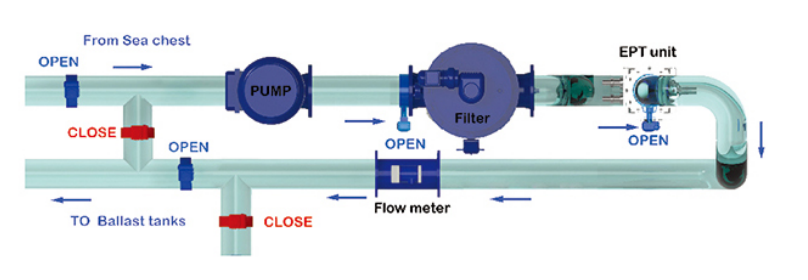
During de-ballasting, the ballast water is directly pumped into the MPUV reactor; by passing the Filter for secondary disinfection treatment before discharge.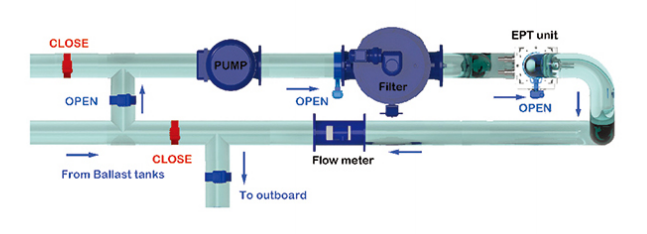
Operation Model
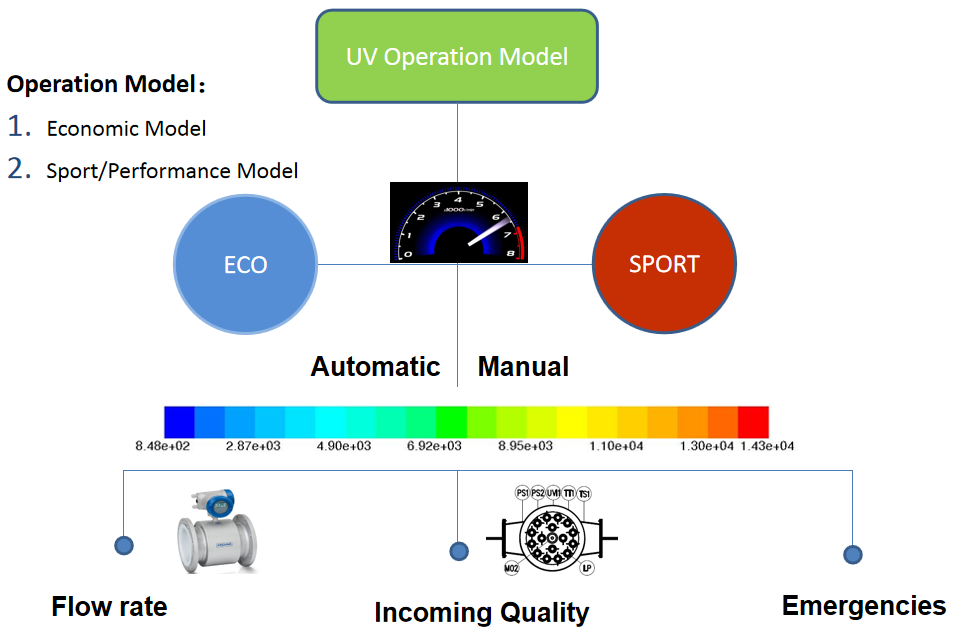
Factors affecting BMWS
Vessel factor: Different types of ships depend on ballast water differently. For bulk carriers and oil tankers, the amount of ballast is very large, and the BWMS is required to complete the ballast and unload quickly, so the solution for instantaneous treatment and discharge of ballast water is the right choice. For special purpose vessels (crude oil tankers, chemical tankers, etc.), it is a must whether the BWMS can meet the fire and explosion safety requirements.
Route factor: Due to the variation of water temperature and salinity in different shipping routes, especially in low temperature and salinity conditions, the BWMS performance of electrolysis method may be poor; low UV transmittance (UVT) caused by high influent turbidity may affect the Performance of BWMS for UV light, in this case high efficiency filtration prior to UV disinfection that increases UVT; As certain legislative regimes may require higher emission standards than those set by the International Maritime Organization, and there may be ports where transoceanic vessels call at these regimes, it is prudent to choose a BWM solution that allows flexibility in design to meet the regime's more stringent emissions requirements. For ships sailing on regional routes, ballast water treatment solutions that require long stops for adequate disinfection are not recommended.
IACS Certificate Options: BV, CCS, NK, DNV.GL, IRS, ABS, LR, RMRS, RINA
.jpg)


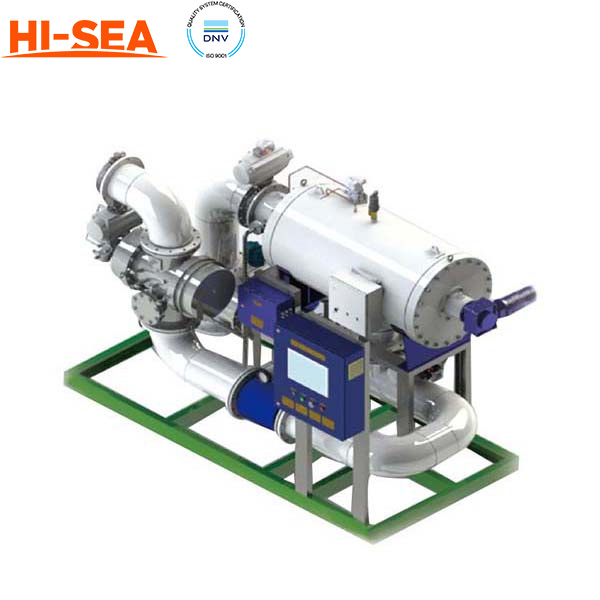
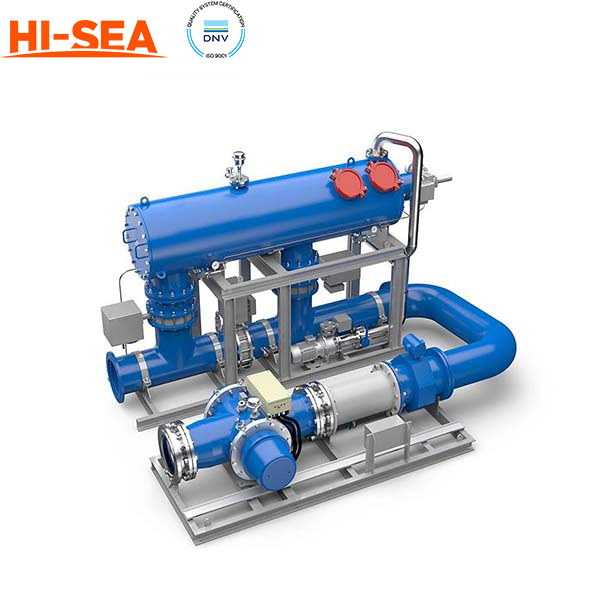 150 m³
150 m³ 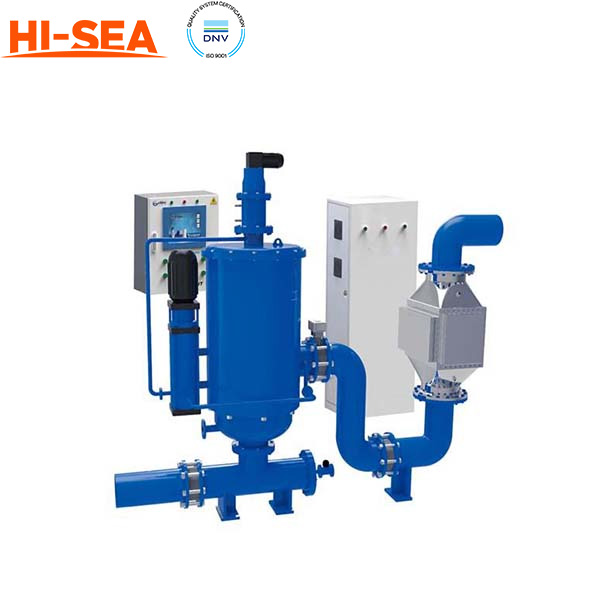 200 m³
200 m³ 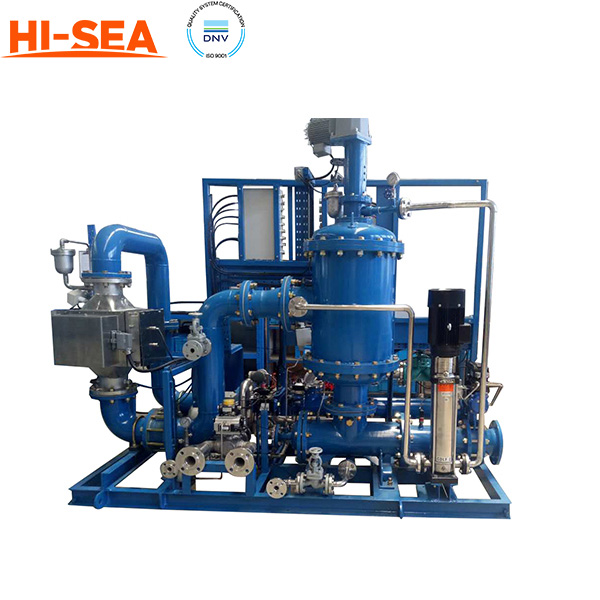 250 m³
250 m³ 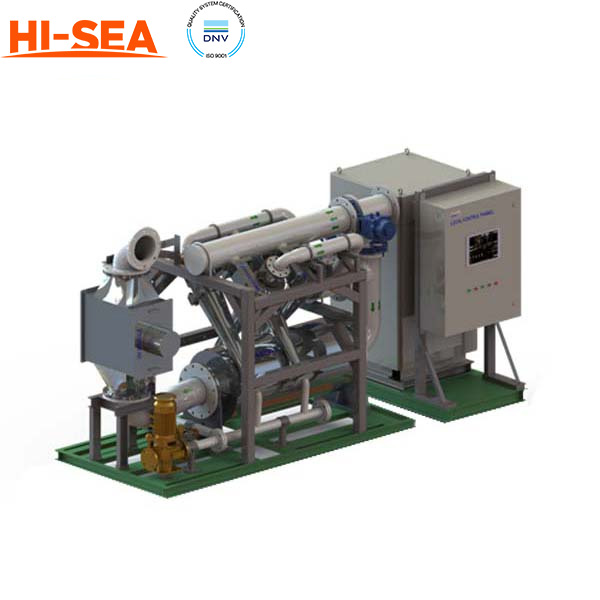 300
300 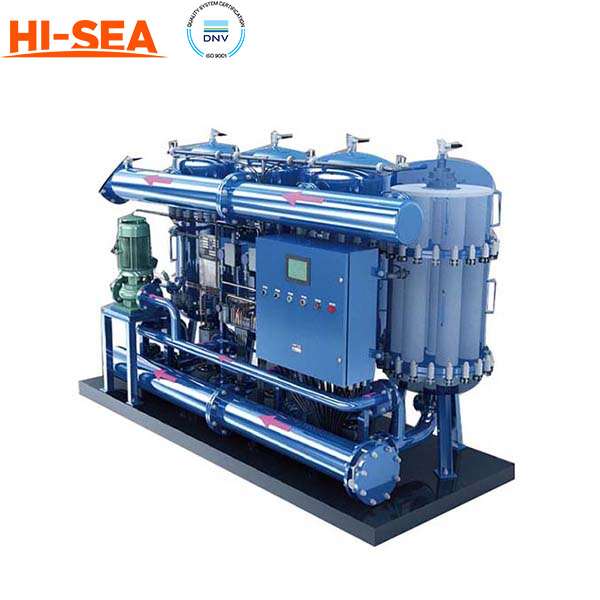 500
500 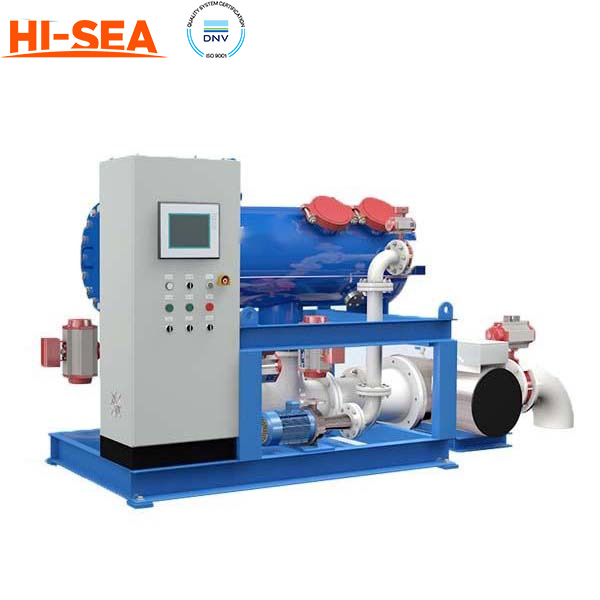 600
600 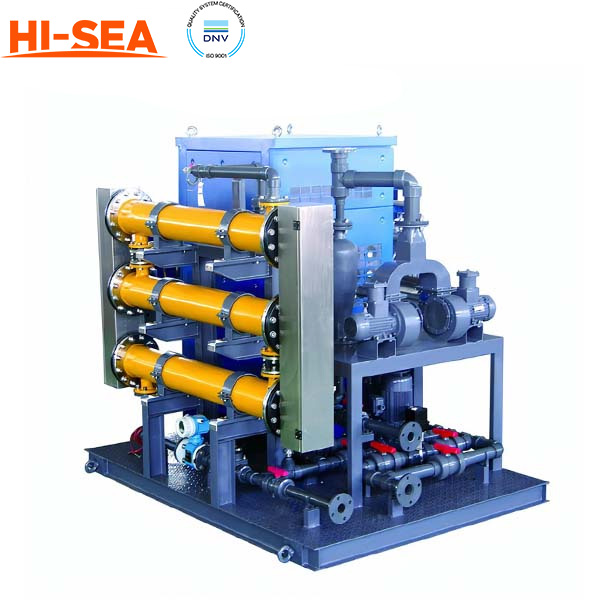 750
750 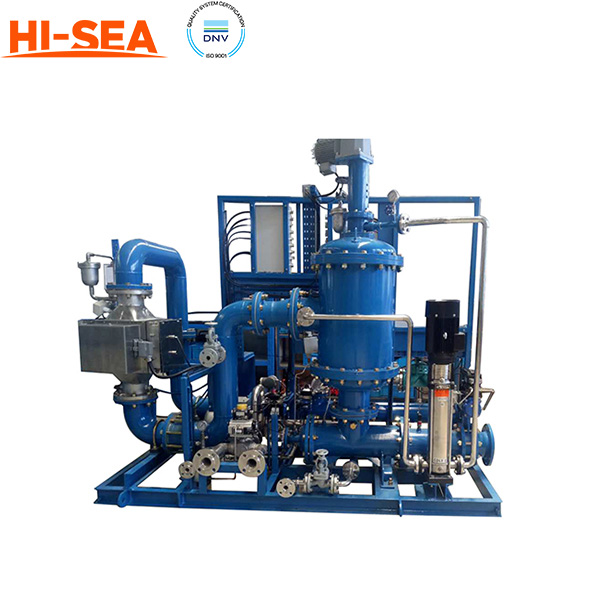 800
800 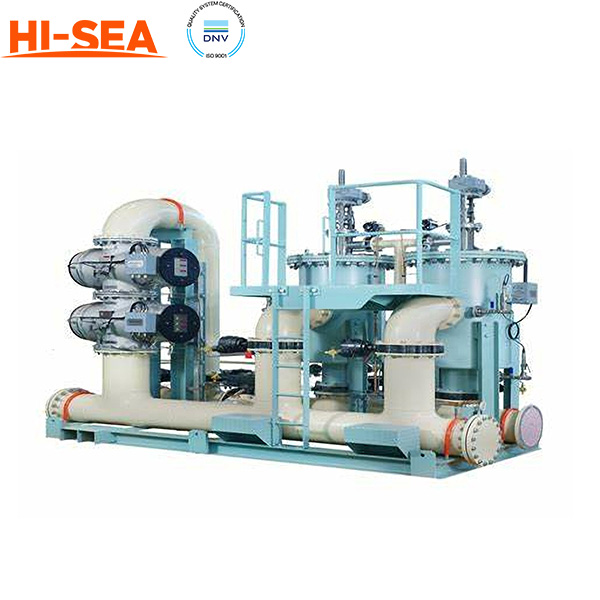 1000
1000 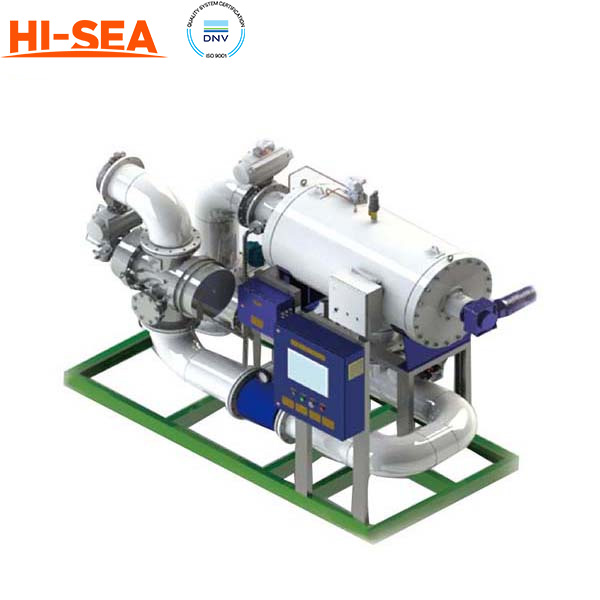 1200
1200 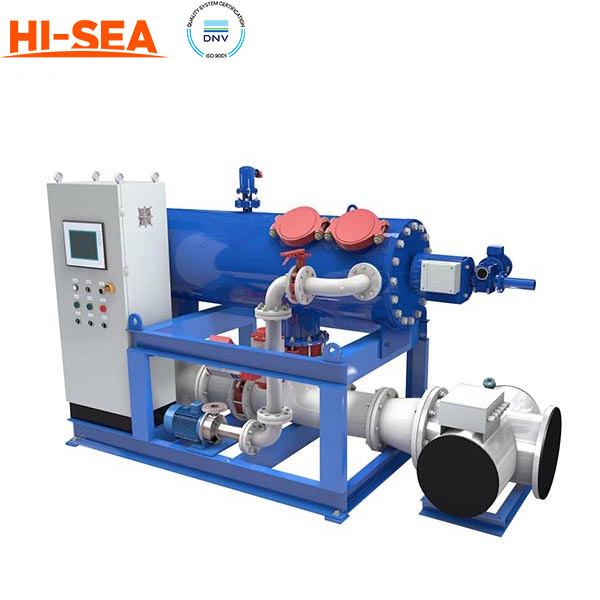 1500
1500 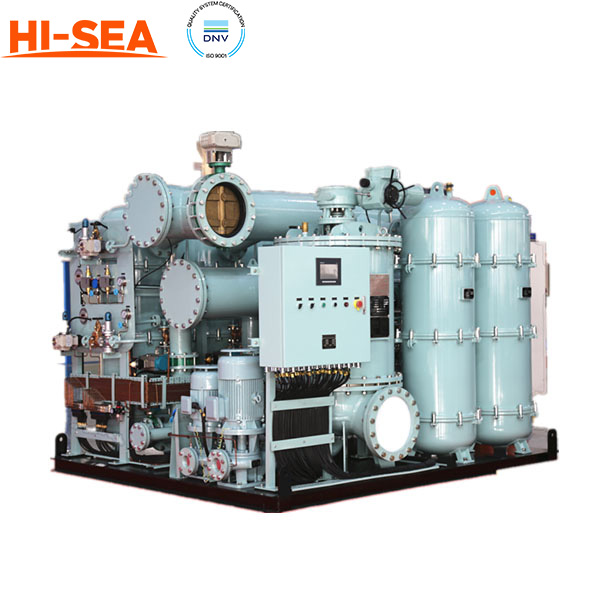 2000
2000 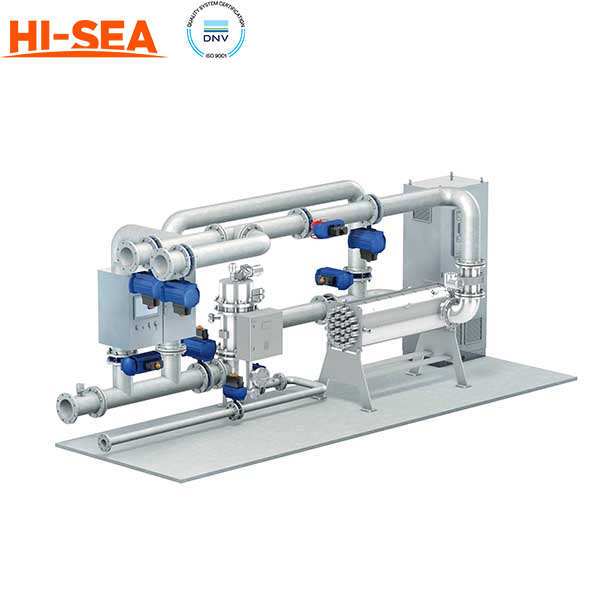 3000
3000 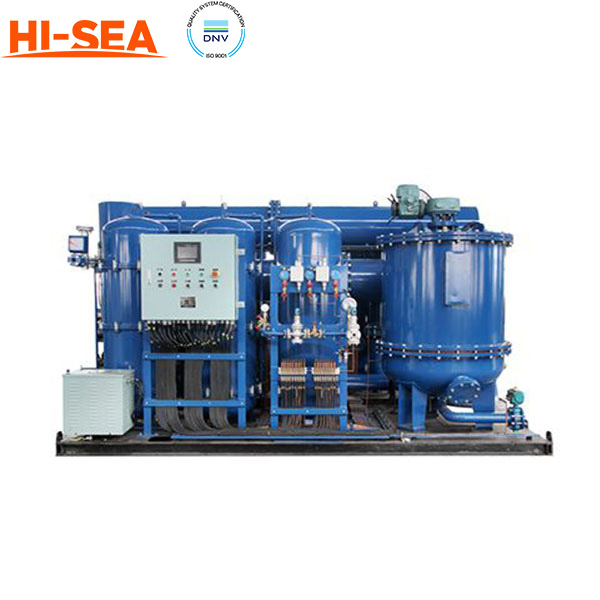 4000
4000 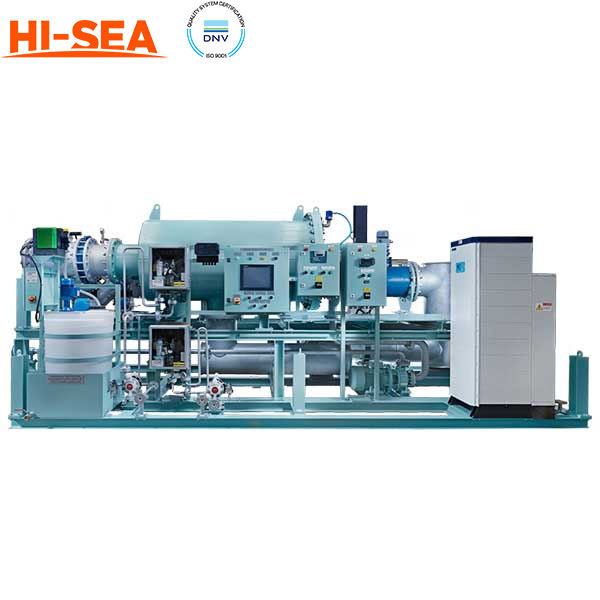 5000
5000 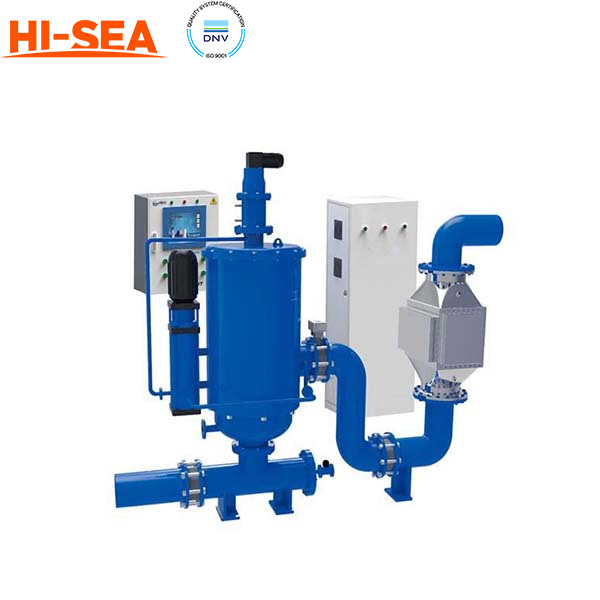 50 m³ Ballast Water Treatment System
50 m³ Ballast Water Treatment System